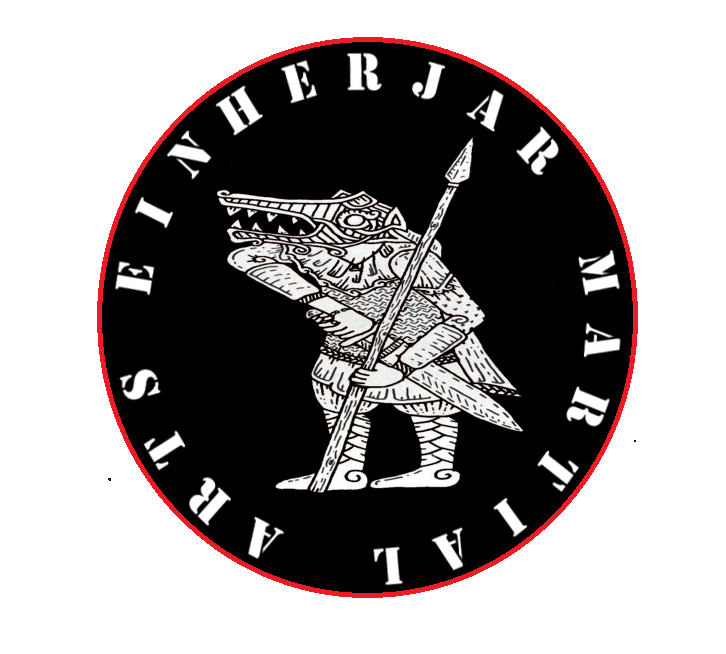 Einherjar Martial Arts
Einherjar Martial Arts
EINHERJAR MARTIAL ARTS: Motobu Ha Shito Ryu / Kuniba Kai International
"The following principles are what all Shito-Ryu practitioners strive to master. Although it is an endless task...."
Shitō-ryū is a combination of 4 main karate systems (Shuri-te, Naha-te, Tomari-te and Hakkaku-Ken “Crane Fist”), which attempts to unite the diverse roots of karate. On one hand, Shitō-ryū has the physical strength and long powerful stances of Shuri-te derived styles, such as Shorin-ryū, on the other hand Shitō-ryū has circular and eight-directional movements, breathing power, hard and soft characteristics of Naha-te and Tomari-te (泊手) styles, such as Gōjū-ryū (剛柔流) Also has the major and popular techniques of Crane Fist such as Nipaipo, Papuren, Haffa and in its official syllabuses. Shitō-ryū is extremely fast (Speed=D/T), but still can be artistic and powerful. In addition, Shitō-ryū formalizes and emphasizes the five rules or methods of defense, developed by Kenwa Mabuni , and known as Uke no go gensoku (受けの五原則), Uke no go genri (受けの五原理) or Uke no go ho (受けの五法).
落花 (Rakka, “falling petals”). The art of blocking with such force and precision as to completely destroy the opponent’s attacking motion. Examples of rakka are the most well-known blocks, such as gedan-barai , soto-uke or Yoko Uchi Uke, Yoko Barai and…
流水 (Ryūsui, “running water or Flowing Water”). The art of flowing around the attacker’s motion, and through it, soft blocking. Examples are nagashi-uke and osae-uke , Sukui Uke and…
屈伸 (Kusshin, “Darting out and in”). This is the art of bouncing back, storing energy while recoiling from the opponent’s attack, changing or lowering stance only to immediately unwind and counterattack. Classic examples are stance transitions Neko Ashi Dachi to Zenkutsu Dahic or Moto Dachi to Zenkutsu Dachi or Kokutsu Dachi to Moto Dachi or Zenkutsu and...
転位 (Ten’i, “transposition or rolling the body by stepping out”). Ten’i is the utilization of all eight directions of movement, most importantly stepping away from the line of attack.
反撃 (Hangeki, “counterattack”). A hangeki defense is an attack which at the same time deflects the opponent’s attack before it can reach the defender. Examples of this are various kinds of Tsuki-uke, including Morote Zuki or Awase Zuki, Wa Uke and….
RAKKA (Flower Falling Down)
Concept of striking at the base of a tree with such tremendous force to knock the flowers (blossoms) off the branches. Hard blocking applying sudden maximum power with a twisting action executed to literally stop the opponent's attack and destroy his confidence.
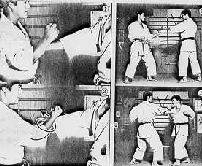
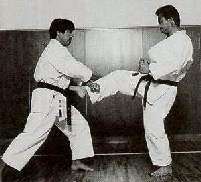
RYUSU (Flowing Water-like Movement or Fluid Motion)
Concept of soft blocking or absorbing the attack and re-directing it using circular or deflecting blocks or parrys, in a fluid movement.
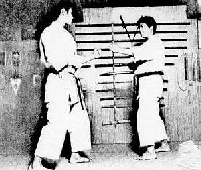
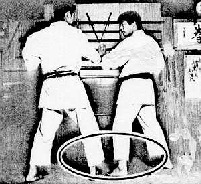
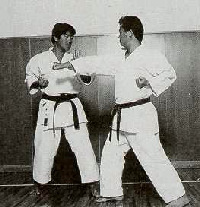
TENI (Taisabaki-like Body Movement )
Concept of shifting or turning away from opponent's attack or avoiding his attack by applying evasive body movement.

KUSHIN (Bending or Springing Action Originating in Knees)
Concept of an immediate shifting of stance from one type to another (e.g.- Moto dachi/Neko-ashi dachi/Moto dachi) or a reflexive darting away then returning back immediately type of body shifting from any angle.
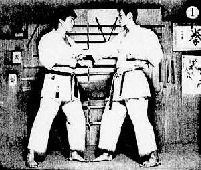
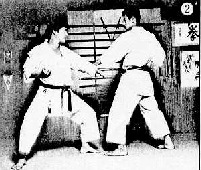
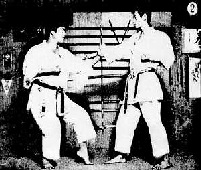

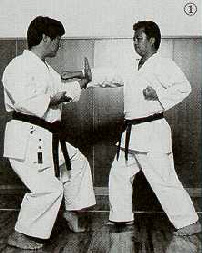

HANGEKI (Counter Attack or "Go No Sen") Concept of generating a powerful attacking action as an effective counter defense (e.g.- Tsuki Uke or Wa Uke).
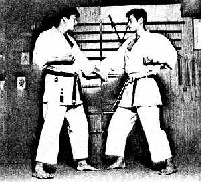

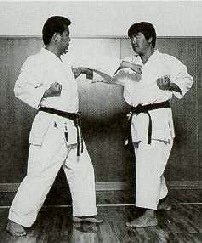
-
Photographs of Iwata Sensei and Murayama Sensei taken from Seikan Karate-do Magazine. Tokyo, Japan. Vol. 257 - December 1995.
-
Photographs of Iwata Sensei and Nakayama Sensei taken from Seikan Karate-do Magazine. Tokyo, Japan. Vol. 305 - July 1998.
-
Sells John. Shito-ryu Karate, Okinawa's Not So Hidden Secret: Karate Magazine Article.
-
Mabuni Kenei/Nakahashi Hidetoshi. Karate-do Shito-ryu. Paris, France: SEDIREP, 1989.
-
Moledzki Sam. Personal Data Archives.